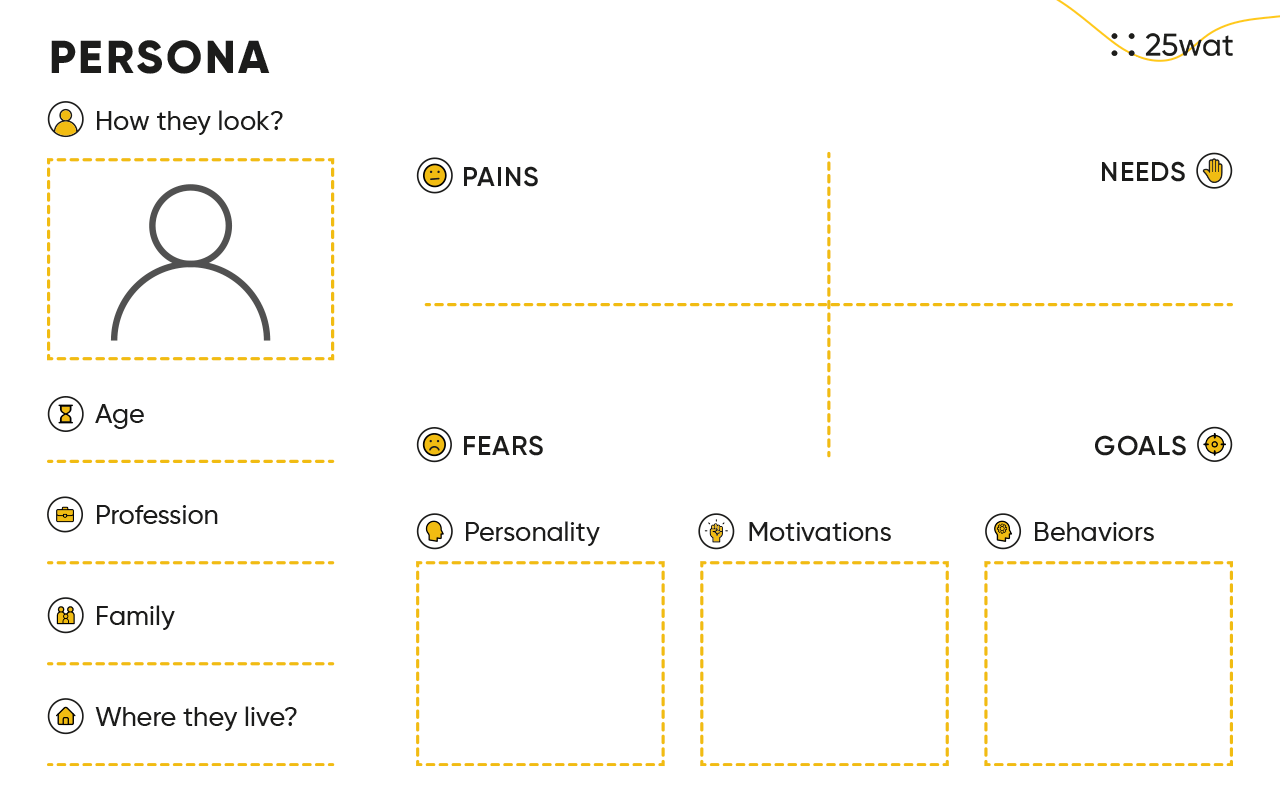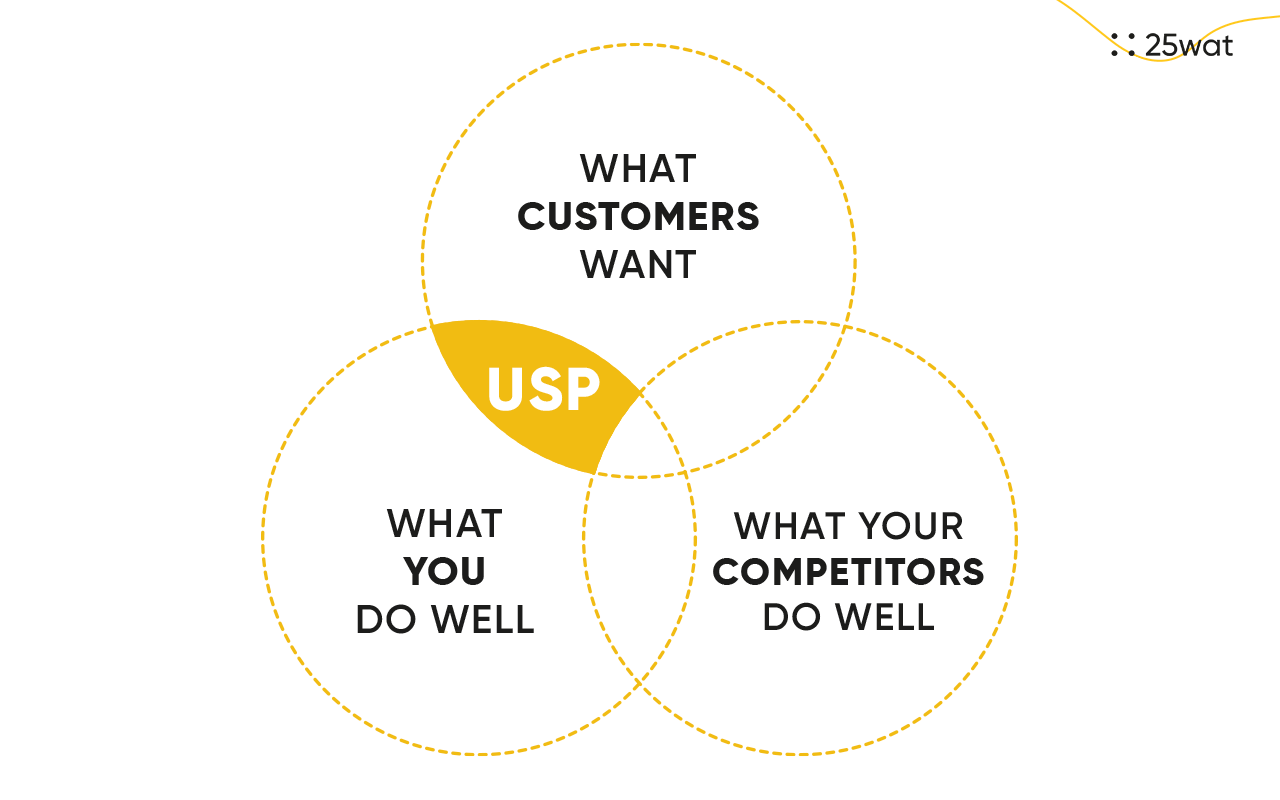Post-pandemic Marketing: Rediscover Your Customer
Pandemic, regress, crisis, and what next? New normality is ahead of us. How to run a business in post-covid reality? We are starting a series of articles devoted to planning a marketing strategy in the post-pandemic era. At first, we discuss how to take a fresh look at your existing and potential clients.
Who is your client today? This question addresses the key problem of post-pandemic marketing: redefining your brand and who it’s for NOW.
Joanna Gancarczyk, Communication & Marketing Manager – our expert in creating brands and strategies ( Why does your company need strategic workshops?) has some solutions on how to find it out. She proposes to start building a new brand strategy and relationship with the recipient by noticing changes in consumer behavior. As shown, among others Deloitte report “Digital Consumer Trends 2020” (1), the pandemic reinforced the visible trends related to the digital transformation of products and services. It accelerated the digitization process in the lives of consumers. The changes are noticeable in every area. So the basic question to ask is: How have my client’s habits changed, and how does this affect my brand?
After the pandemic, the business needs verification of the customer’s purchasing path and checking whether the current marketing strategy is still valid.
„Act now and plan for the future at the same time. Think about what can happen, and most of all focus on the customer experience and what your brand brings to their lives. Build your advantage on the market using high quality communication based on unique sales features and benefits — including emotional ones.”
– Joanna Gancarczyk emphasizes.
Get to know the client anew. Where to start?
Brand identity is a set of features that make up how it is perceived by recipients, with what and how it is associated. It is one of the essential elements in building a business strategy. Today, when changes in customer shopping habits are a fact,there is a need to re-embed our brand in the post-covid reality. This, in turn, is equivalent to the need to verify how we reach consumers and whether we continue to respond to their needs..
So if you are planning your marketing activities, look at the user from another angle. Take a look at it and answer the following questions:
- Do I know who I sell to?
- Do I know what my clients need today?
- Do I know the unique selling points of my brand? Have they changed during the pandemic?
- Who does my brand speak to and in what language?
Know the recipient of your offer. Who is your client? Who makes the purchasing decision? These are essential questions, and it is worth knowing the answers to them because it determines the shape of the offer and the way of reaching the customer.
For example: You offer office supplies. Are purchasing decisions made by the owner of the company or the administrative director?
The last year was full of changes in customers’ lives — different work modes (remote work), new tools, the growing importance of Internet communication, etc. Try to verify how the pandemic influenced your customers’ need to run a business, shop, rest, etc.
For example: You offer products for offices, but the pandemic has stopped investments in their development because of the number of employees at the so-called home office. Perhaps the solution is to modify the offer and enrich it with a proposal to deliver this product to employees’ homes.
In this case, it is important to determine how the pandemic influenced the Unique Selling Proposition (USP), in other words, those elements that distinguish your brand from the competition. Maybe some parts of your business should be promoted more strongly now because they correspond better to the changes that have taken place in your clients’ lives?
For example: You run an optician’s shop. The pandemic has changed the purchasing habits of your customers, who are now more likely to use online services… and solutions. In this situation, it is worth offering them the opportunity to try on glasses virtually, combined with an assistant’s advice — also online.
The choice of language and communication channel determines whether you reach the audience you care about with your message.
For example: You sell servers. You promote your offer on Facebook, and this way, you try to reach customers, while your potential recipients use this social networking site to view photos of friends and to socialize. In this case, LinkedIn is a better channel to reach the customer, as it allows you to easily select… specialized professional groups — e.g., directors of technology departments, who will be interested in the subject of servers.
Get to know the client anew. What tools and methods should you use?
1.Create a user persona
This is an excellent way to get in-depth answers to the questions: “Do I know who I sell to?”; “Do I know what my clients need today?”

Scheme of the persona creation model used at the 25 wat agency
Who is a persona user?
This is a character that matches the recipient’s profile. We create it to look at the service or product through the eyes of the client. Define his needs and purchasing motivations. Specify who the person I sell to is and to whom I am talking.
Creating a user persona — a contractual but very detailed person with a name, age, specific social status, job, interests, problems, and goals — allows to:
- collect valuable insights for product/service development
- understand user’s needs
- equalize the level of knowledge in the project team
- successfully implement marketing plans
- target ads more precisely
- improve processes and problem solving
- create new content as a part of content marketing
- build positive experiences with the brand
How to create a user persona?
To accurately create a recipient’s profile, it is necessary to collect as much information about him as possible. For this purpose, it is worth using various methods of collecting data — from simple empirical research to in-depth qualitative analyzes.
Good sources of information are:
- Interviews, which should be carried out with as many customers as possible (at least three people). This is invaluable first-hand data.
- Conversations with employees who have contact with customers. People from customer service, sales, and contact center departments usually know the problems and needs of customers very well.
- Conversations with clients. It’s a natural way to get information and create unique relationships at the same time.
- Team brainstorming or workshops. This solution is beneficial when there are no interviews. It allows you to create a consistent image of the client.
- System data: Facebook Ads, Google Analytics, LinkedIn Ads, Brandwatch, Brand24.
- Customer Satisfaction Surveys — carried out online and by phone.
At the same time, the areas that you should focus on when building a persona are:
- Pains. These are the elements that disturb the personas in what they do. So what can increase her comfort in achieving the goal? Problems help determine what solutions and facilities the recipient needs.
- Needs. What do I need to achieve my goals? What needs should come first? Are these “must-have” needs?
- Fears. Elements that a person wants to avoid at all costs. What obstacles may make it difficult or impossible to achieve the goal?
- Goals. What goals does this person have to achieve at work or in private life?
Necessary: Ensure to create several personas because your recipients are certainly a heterogeneous group. By using various profiles, you will define all possible behaviors and needs of your personas more precisely.
2. Determine the unique characteristics of the sale
With the help of a persona, you will get to know the client’s problems, concerns, needs, and goals in detail. This knowledge, in turn, will allow you to find your brand’s unique selling characteristics (USP) that your customers desire. It is also a way to determine a new sales tactic model that will be effective in the post-pandemic times. Because when you know the client’s desires and obstacles, you can prepare a reasonable offer for him.
How to find the USP of your brand?
Thanks to the comparative analysis of the overall activities of the competition, it is possible to identify differentiating elements and extract the unique features of your offer. It is essential to focus on the critical advantages for your customers in these searches, which only come from your company. These advantages.are nothing but benefits. (rational and emotional) — they determine the willingness to buy in the process of user experience.

Marketing after the pandemic — use the Unique Selling Proposition analysis
An example of rational benefits: price discount, guaranteed customer service, implementation into the service provided, certificates, recommendations from other customers.
Examples of emotional benefits: a sense of mindfulness and care, the possibility of obtaining help, expert contact, reliability, a sense of security and well-invested money.
Necessary: When determining the USP of a brand, pay attention not only to material benefits but also to those resulting from experiences and emotions. Sympathy for the company’s employees may affect the purchase, despite the high price or difficulties in delivery.
At 25wat to create personas and define unique sales characteristics we use strategic workshops .
***
Redefining the brand and the customer is the first step in creating marketing after the pandemic. Another is building a new sales funnel — and this will be the topic of the second article in the series on planning a marketing strategy in the post-pandemic era. We invite you to read it today.
(1) Deloitte, How has COVID-19 changed our habits in using digital services?; Digital Consumer Trends 2020

